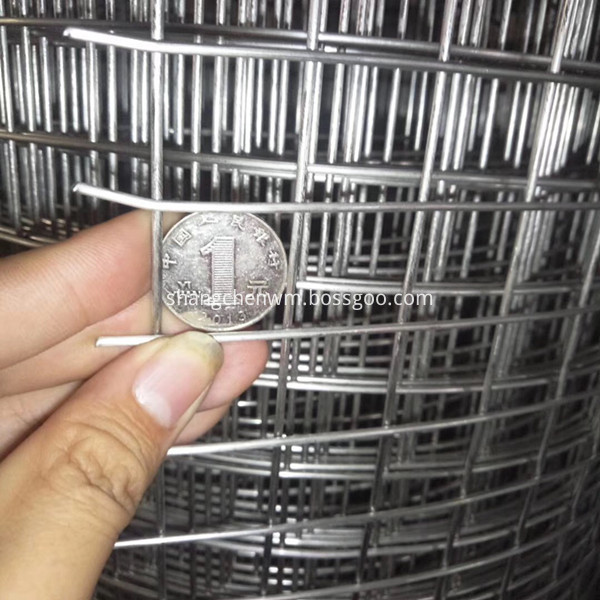First of all, early prevention of premature aging and disease prevention. In the past two years, the serious occurrence of cucumber brown spot disease has led to a substantial decrease in cucumber yield. Research results have shown that cucumber plants have poor disease resistance (especially premature aging occurs when using too much hormone to dip the melon or flushing fertilizer with too high hormone content). An important reason for the outbreak of cucumber brown spot disease. Therefore, the prevention and control of diseases should start with cultivating strong trees to improve the disease resistance of plants. For example, when fruiting, it is necessary to adjust the balance between plant vegetative growth and reproductive growth to avoid excessive reproductive growth and insufficient vegetative growth to cause plant weakness; avoid excessive fertilizer and water causing root damage and affecting normal plant growth. Proper topdressing in time during the fruiting period to prevent the plants from defertilizing and premature aging; in the late fruiting period, spray fertilizer on the leaves in time to prevent insufficient nutrient supply and weakening of resistance. Second, control the environment. In winter, most diseases are induced by high humidity. Such as cucumber downy mildew, when the relative humidity of the air in the shed reaches more than 80%, the disease will be severe and spread quickly. Therefore, it is necessary to pay attention to adopting measures such as mulching film and strengthening ventilation and dehumidification to reduce the humidity in the shed, which can effectively control the occurrence and development of downy mildew. It is worth mentioning that the front end of the greenhouse is often the source of the disease. Care should be taken to cover the wet soil at the front with a film to avoid the formation of a long-term high-humidity environment and cause disease epidemics. 20°C-28°C is a suitable temperature range for the occurrence and spread of downy mildew, and 25°C-32°C is the most suitable temperature range for cucumber fruiting period. Therefore, the temperature in the shed during the day can be controlled at 28°C-32°C. Effectively inhibit the spread of downy mildew, and it is also conducive to cucumber fruiting. In addition, medicine is essential for disease prevention. The use of medicines for disease prevention and treatment should be distinguished. Disease prevention should be based on broad-spectrum protective agents, such as chlorothalonil, thiophanate methyl, etc., whose purpose is to comprehensively control the pathogen. The cure should be based on the most advanced agents. For example, Pulique and dimethomorph can be used to prevent downy mildew and blight; pyrimethanil and cyprodinil can be used to prevent gray mold. Disclaimer: Some articles on this website are transferred from the Internet. If the legal rights of a third party are involved, please inform this website for processing. phone
Welded Wire Mesh
The welded wire mesh including high quality low carbon steel welded wire mesh, stainless steel welded wire mesh, galvanized welded wire mesh, PVC welded wire mesh, etc.
Weaving type and characteristics: galvanizing before or after welding, hot-dipped, electro galvanizing, PVC coating. Strong corrosion-resisting and oxidation-resisting etc.
Usage of welded wire mesh: Widely used in industry, agriculture, building, transportation, mine, playground, lawn, cultivation, enclosure fence, decoration, machine protection, etc.
Welded Wire Mesh,Galvanized Welded Wire Mesh,PVC Coated Welded Mesh,Stainless Steel Welded Mesh,Black Welded Wire Mesh,Stainless Steel Welded Wire Mesh,Welded Wire Mesh Sheet,Stainless Steel Wire Mesh Sheet ANPING COUNTY SHANGCHEN WIREMESH PRODUCTS CO.,LTD , https://www.scwpwiremesh.com

